
You are at your pet’s first visit to the veterinarian, and your vet tells you that your pet has an umbilical hernia. How can that be? Your pet doesn’t look sick; in fact it looks perfectly happy and healthy. This is because the vast majority of umbilical hernias are not emergencies. Umbilical hernias are a very common finding in puppies and kittens.
What is an umbilical hernia? Animals have belly buttons, just like we do. However, their belly buttons are usually hard to find because they usually do not stick in or out. The normal belly of an animal is smooth. When a puppy or kitten has an umbilical hernia, there is a small lump on the bottom of the belly, about half way between the ribs and the legs. Sometimes owners don’t notice the hernia. Very often the hernia is noticed by the veterinarian during one of the first few visits.
The belly button, also called the umbilicus, is where the umbilical cord attaches when the animal is a fetus in its mother’s uterus. The umbilical cord goes between the fetus’s belly button and the mother’s placenta. In the fetus, the belly button is an open hole that allows the blood vessels inside of the umbilical cord to enter the fetus’s body. This is how the mother supplies the fetus with nutrients.
When a puppy or kitten is born, the mother breaks the umbilical cord with her teeth. There is usually quite a bit of cord still attached to the belly button. Remember that the belly button is a hole, and over the next few days the hole will close up and the extra cord will fall off. This is what normally happens in kittens and puppies. Sometimes though, the belly button hole does not close up properly. This is what happens with an umbilical hernia. The hole in the abdominal wall (the belly) stays open, but the skin closes up over it. This can allow something to fall through the hole, or ‘herniate’. Most often it is just a little bit of abdominal fat that herniates, but it can be more serious when some of the small intestine herniates. So an umbilical hernia is when the hole in the abdominal wall, that functioned to allow blood vessels into the fetus, fails to close after birth. This means that some abdominal contents (usually fat) can fall through the hole and form a little ‘pouch’, or bump, that can be felt on the bottom of the belly.
Even though umbilical hernias are not usually considered emergencies, it is important to fix them. Some small hernias will eventually close up on their own as the animal ages. If it does not close by six months of age, it is usually recommended to fix the hernia during the spay/neuter surgery. There is a small risk of an abdominal organ becoming stuck in the hernia if it is not fixed. Since the surgical correction of umbilical hernias is fairly simple, it is highly worthwhile to get it fixed.
The surgery to correct an umbilical hernia is fairly simple and routine. It is considered a major surgery simply because the surgeon enters the abdomen. During the surgery, the skin over the hernia is opened up. Any herniated fat is trimmed away and the hole is sewed up. Complications are very rare after surgery for an umbilical hernia.
So don’t panic if you find a lump on the belly of your new kitten or puppy. This is most likely an umbilical hernia. However, it is important to make sure that you mention it during your visit to the veterinarian. That way your veterinarian can make sure that it is an umbilical hernia, not something more serious, and you can make plans to have it fixed at the time of spay/neuter. Most umbilical hernias are not life-threatening, and some animals will even close their own hernias as they age. Most likely, however, your pet will need to have the hernia fixed during the spay/neuter surgery. If you have any questions or concerns about your pet’s umbilical hernia, make sure to contact your veterinarian.
By Ashley O’Driscoll – Pets.ca writer
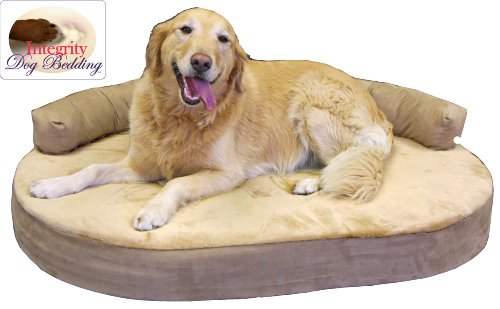 Is Rice Laced With Arsenic?
Credit: Copyright of iStockphoto. Licensed to
Is Rice Laced With Arsenic?
Credit: Copyright of iStockphoto. Licensed to
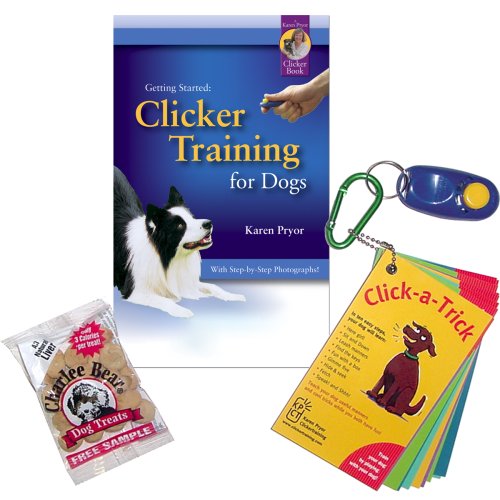 Basic Obedience Training for Dogs: What You Ought to Know
Credit: Fran Hogan
From: publicdomai
Basic Obedience Training for Dogs: What You Ought to Know
Credit: Fran Hogan
From: publicdomai
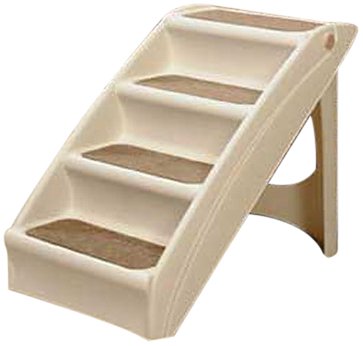 Have Furry Children? Four Important Facts for Happy Pets
Whats the saying? Happy Pets
Have Furry Children? Four Important Facts for Happy Pets
Whats the saying? Happy Pets
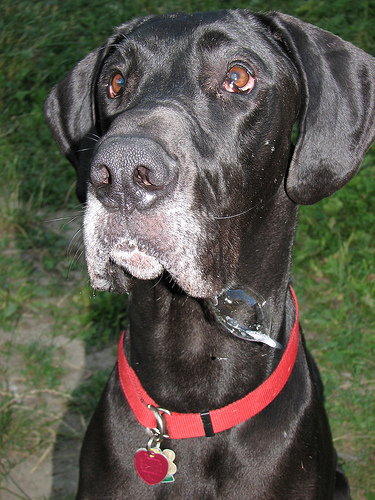 Dog Breeds That Drool and Slobber
12 Breeds That Drool and Slobber
Life with a breed
Dog Breeds That Drool and Slobber
12 Breeds That Drool and Slobber
Life with a breed
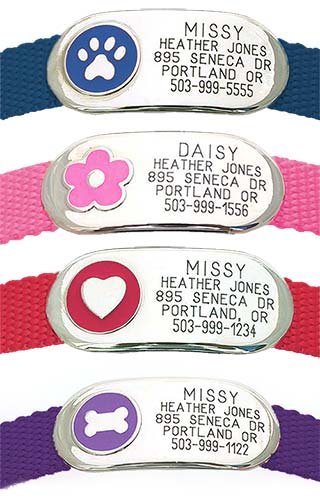 Name Tags for Dog Collars
For most people, our dogs ar
Name Tags for Dog Collars
For most people, our dogs ar
Copyright © 2005-2016 Pet Information All Rights Reserved
Contact us: www162date@outlook.com